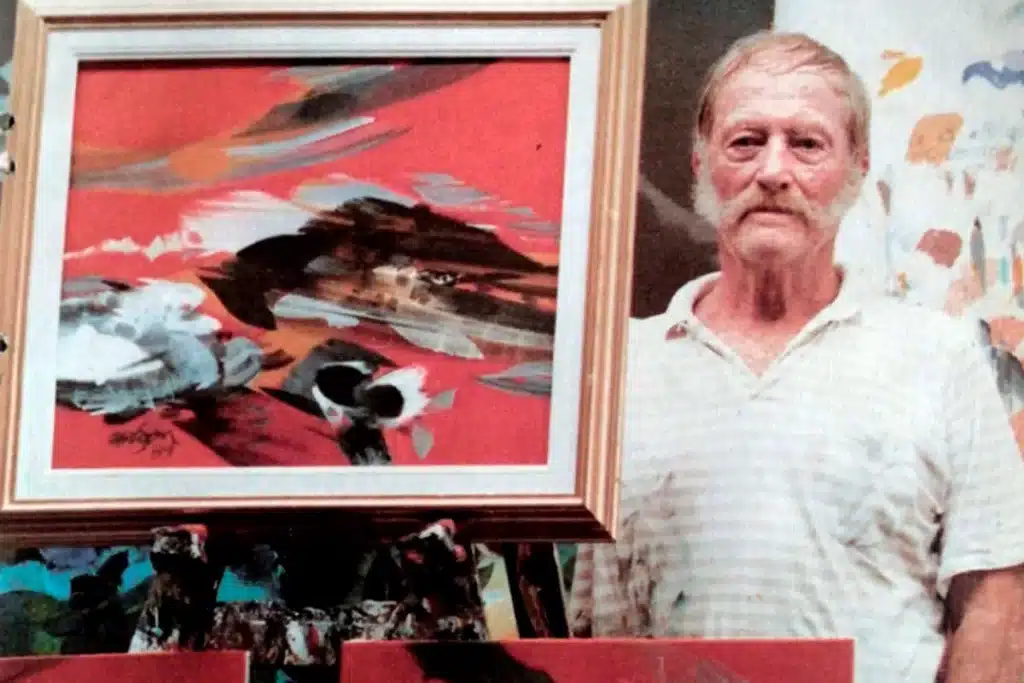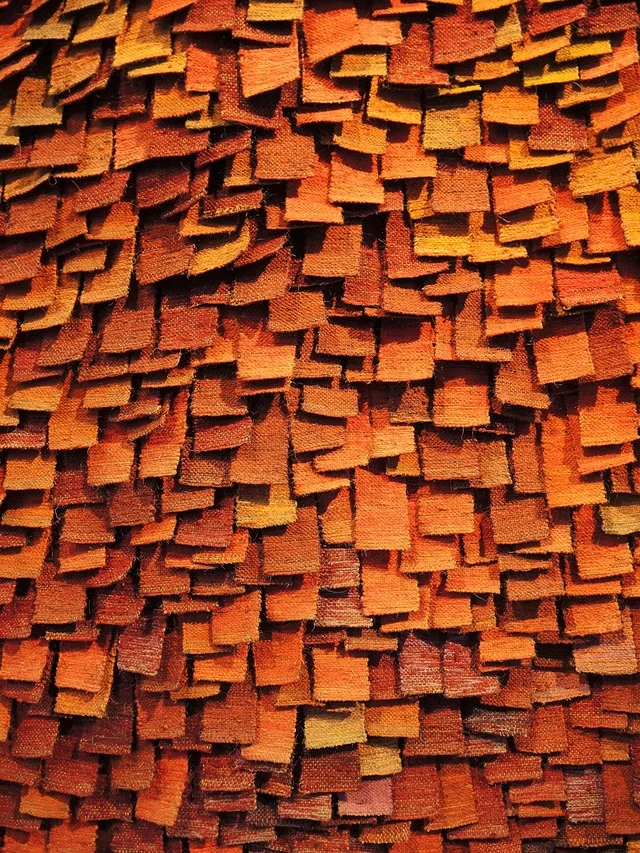Fernando Botero
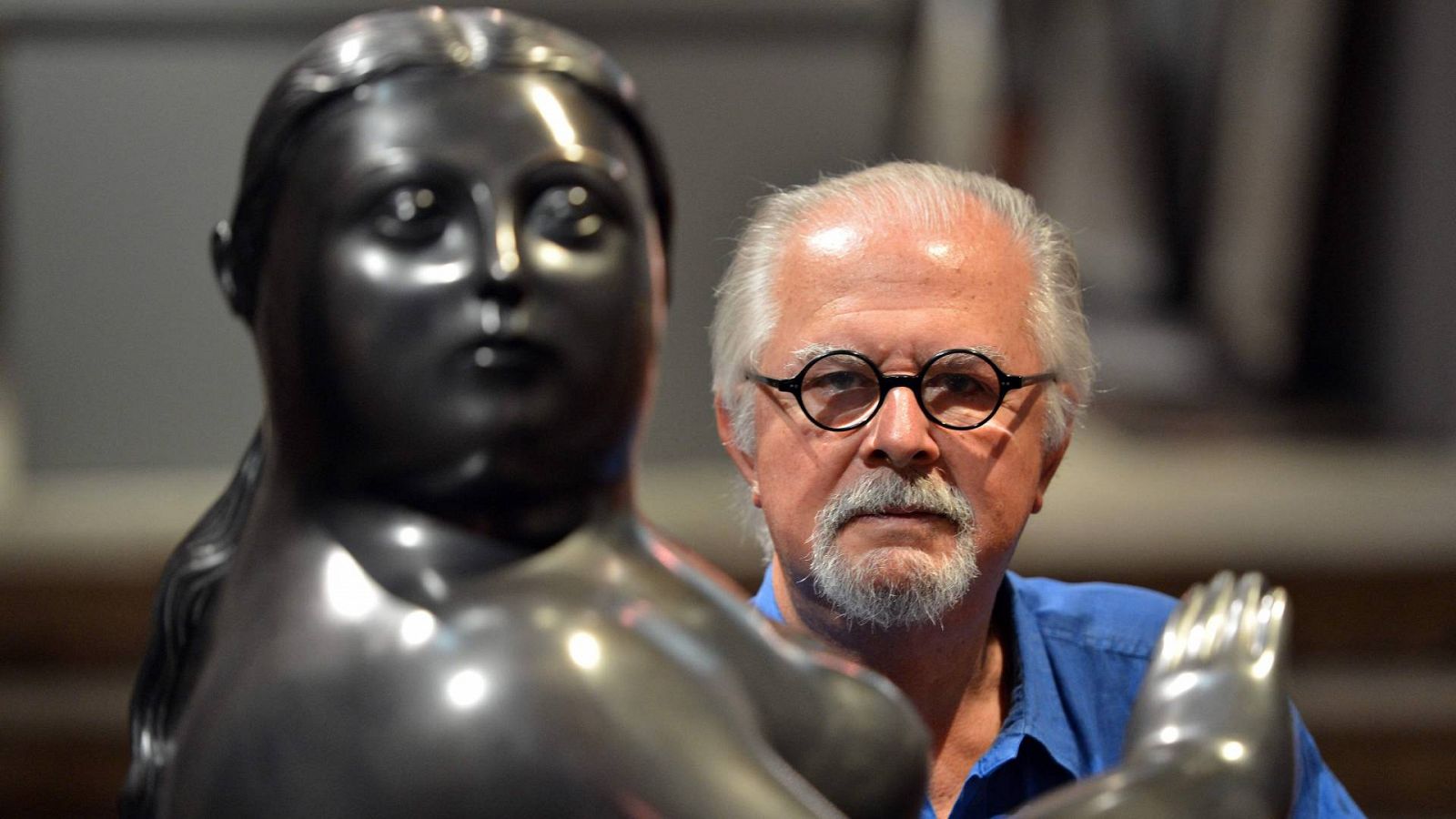
Born in Medellín in 1932, Botero developed a passion for art at a young age. He studied at the Academy of Fine Arts in Medellín and later honed his skills in Florence, Italy, and Mexico City.
With his signature style, characterized by exaggeratedly voluminous figures and playful forms, Botero’s paintings and sculptures transcended aesthetics to become a critic on society, politics, and the human condition.
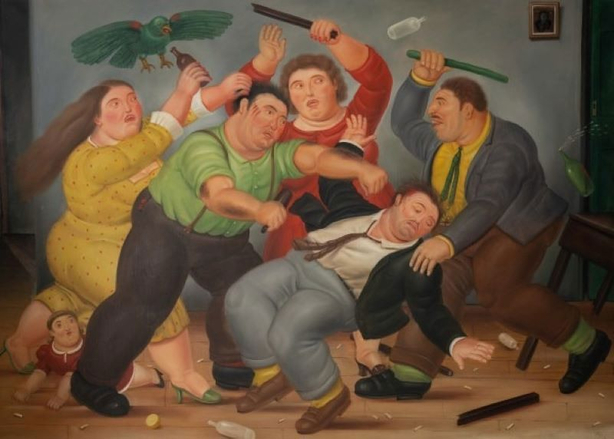
The fight, 1986
Coined “Boterismo,” Botero’s distinctive approach drew inspiration from pre-Columbian art, Renaissance masters, and popular culture. His subjects, ranging from everyday people to historical figures, were imbued with a sense of humor and sensuality.
Beyond their visual impact, Botero’s works tackled serious themes. His depictions of violence and social injustice, served as powerful critiques of the world around him. Botero’s art, therefore, was not merely visually captivating, but also intellectually stimulating, prompting viewers to engage in critical reflection and dialogue.

La Muerte de Pablo Escobar, 1999
Alejandro Obregón

Alejandro Obregón was born in Barcelona in 1920 but deeply connected to Colombia. He studied in Boston and Europe, soaking in influences from European modernism. When he established in Colombia, he became a pioneer of abstract expressionism, injecting his canvases with the rhythm and energy of its tropical homeland.
Obregón’s art became a powerful symbol of Colombian identity. He celebrated in every single painting the country’s rich cultural heritage. His iconic “Condor” series, where the majestic Andean bird becomes a recurring symbol, speaks to his deep connection to the land and its traditions. Moreover, his bold use of color mirrored the vibrancy of the Colombian spirit, resonating deeply with audiences at home and abroad.
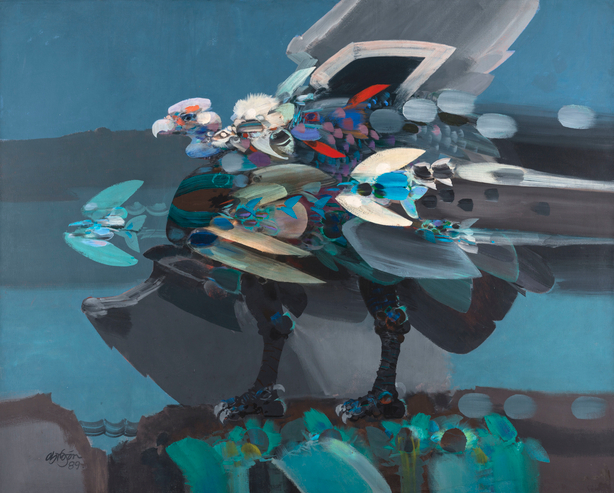
Cóndor, 1989
Today, Obregón’s works continue to captivate audiences and his influence lives on, inspiring generations of artists and reminding us of the power of art to become a powerful voice for beauty and history.
Frida Kahlo
Frida Kahlo, the iconic Mexican artist whose name has become synonymous with resilience and self-expression, left an indelible mark on the art world.
Kahlo’s paintings often incorporated elements of surrealism; her artworks blurred the lines between reality and dreamscape, depicting her physical and emotional struggles with raw honesty and symbolic imagery. In “The Two Fridas” (1939), for example, she portrays two versions of herself: one in a traditional Tehuana dress, representing her Mexican heritage, and the other in a European-style wedding gown, symbolizing her complex relationship with her German father.
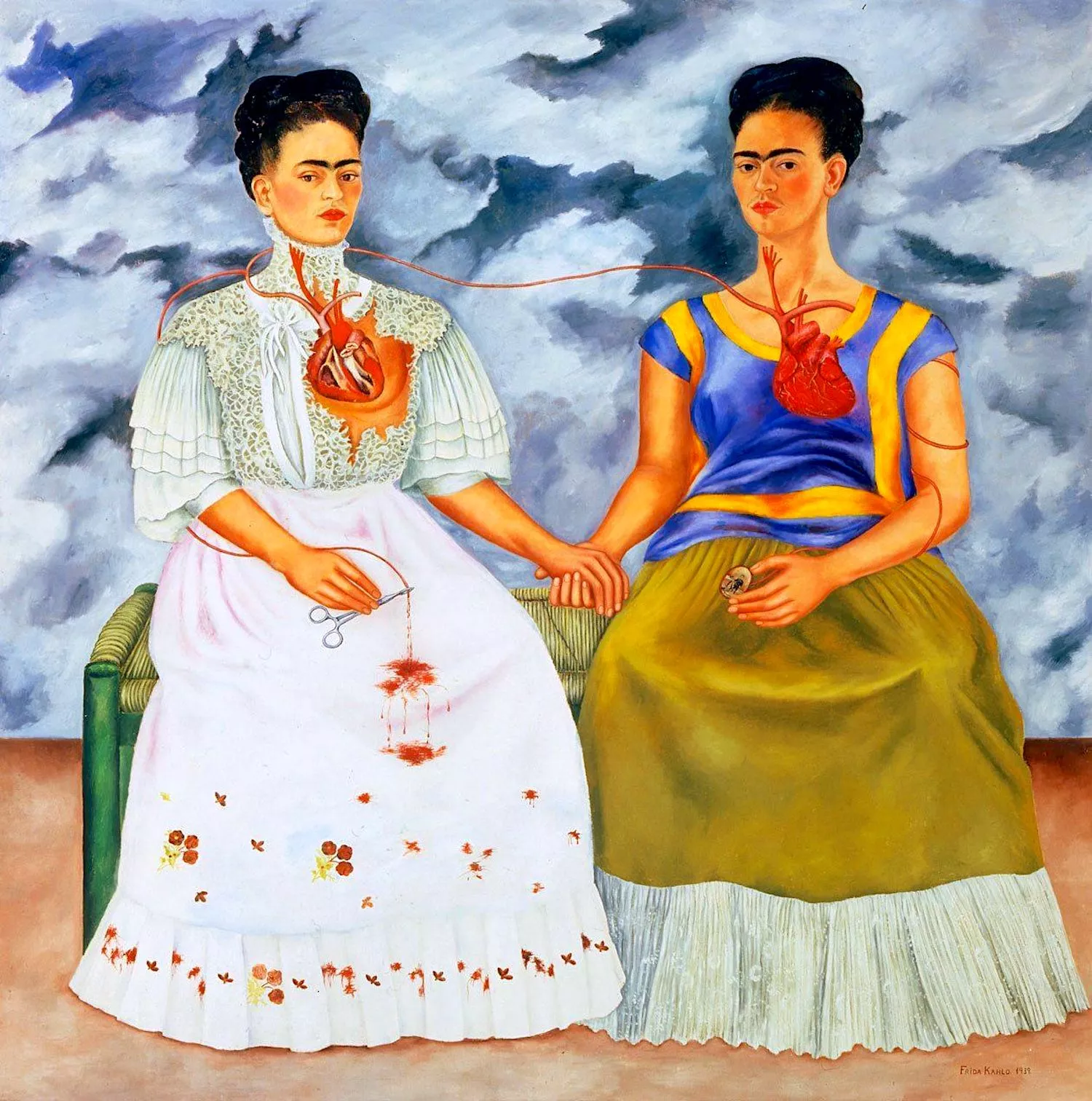
Las dos Fridas,1939
While self-portraits remained central to her work, Kahlo also tackled broader themes in her paintings. She championed feminism and indigenous rights, often incorporating political and social commentary into her art. Her unconventional palette and imaginative imagery challenged traditional beauty standards and celebrated the strength and resilience of women.
Frida Kahlo’s life and art remains as a very important patrimony in Latin American history. Her Blue House in Coyoacán, now a museum, stands keeps her life and legacy alive, reminding us that even in the face of immense challenges, the human spirit can soar.
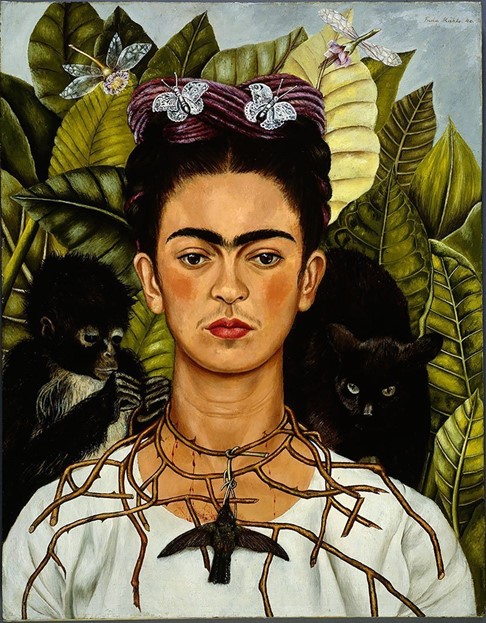
Self-portrait with necklace, thorns and hummingbird, 1940
Diego Rivera
Rivera’s artistic journey focused on the tumultuous social and political upheavals of his time. His signature style was characterized by large-scale murals, often adorning the walls of public buildings like government palaces, schools, and hospitals as a sign of protest. These murals transcended mere decoration, becoming vibrant narratives depicting the history, struggles, and aspirations of the Mexican people.
One of his most iconic works, “Man at the Crossroads” (1934), adorns the walls of the Palace of Fine Arts in Mexico City. This sprawling mural presents a panoramic view of American history, juxtaposing scenes of capitalist exploitation with socialist ideals.
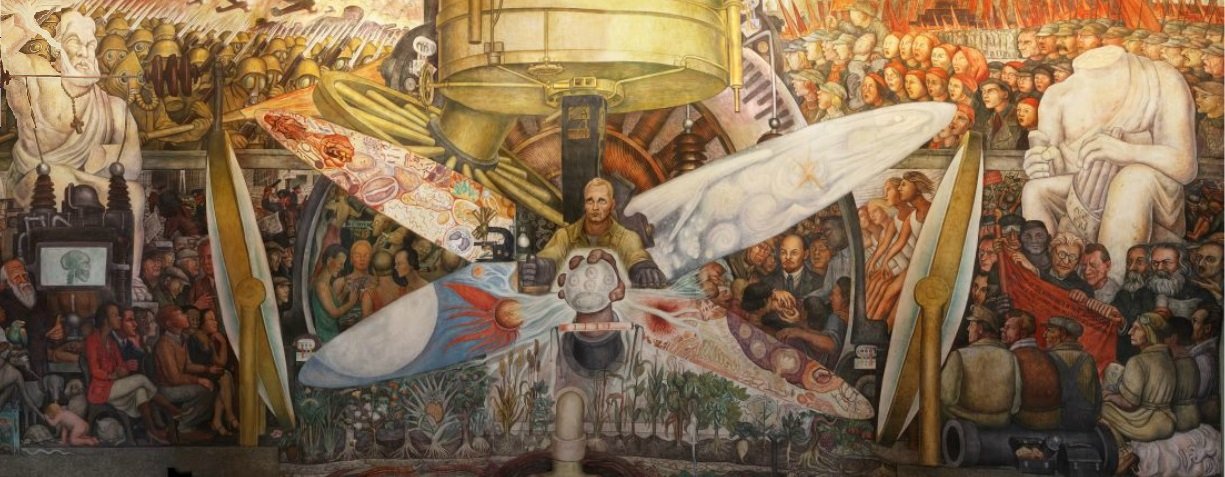
Despite controversies surrounding his communist ideology and depictions of sensitive political figures, Diego Rivera’s artistic legacy remains undeniable. His monumental murals redefined the role of public art, engaging viewers in critical dialogues about social justice, history, and identity.
Olga de Amaral

Olga de Amaral found her artistic calling drawn to the tactile richness and expressive potential of fibers. Her unique style, characterized by large-scale abstract works shimmering with gold and silver leaf, transcended the boundaries of traditional textile art, elevating it to a powerful medium for exploring color, light, and texture.
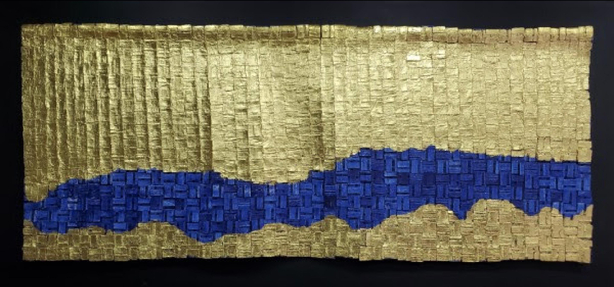
Grieta azul, 2016
After studying architectural drafting in Bogotá, de Amaral’s artistic journey took her to the Cranbrook Academy of Art in the United States, where she immersed herself in the world of textiles and design. Upon her return to Colombia, she embarked on a path of artistic exploration, experimenting with various materials and techniques. However, it was her embrace of fibers, particularly horsehair, wool, and linen, that truly defined her artistic vocabulary.
While de Amaral’s works are undeniably beautiful, they also carry a deeper weight. Her use of abstract forms and intricate patterns served as metaphors for the complexities of human experience. She often explored themes such as nature, spirituality, and the interconnectedness of all things.

Her works have been exhibited in prestigious museums and galleries worldwide, including the Museum of Modern Art in New York, the Tate Modern in London, and the Guggenheim Museum Bilbao. She played a pivotal role in elevating Colombian art onto the global stage, inspiring countless artists with her innovative approach and unwavering dedication to her craft.

